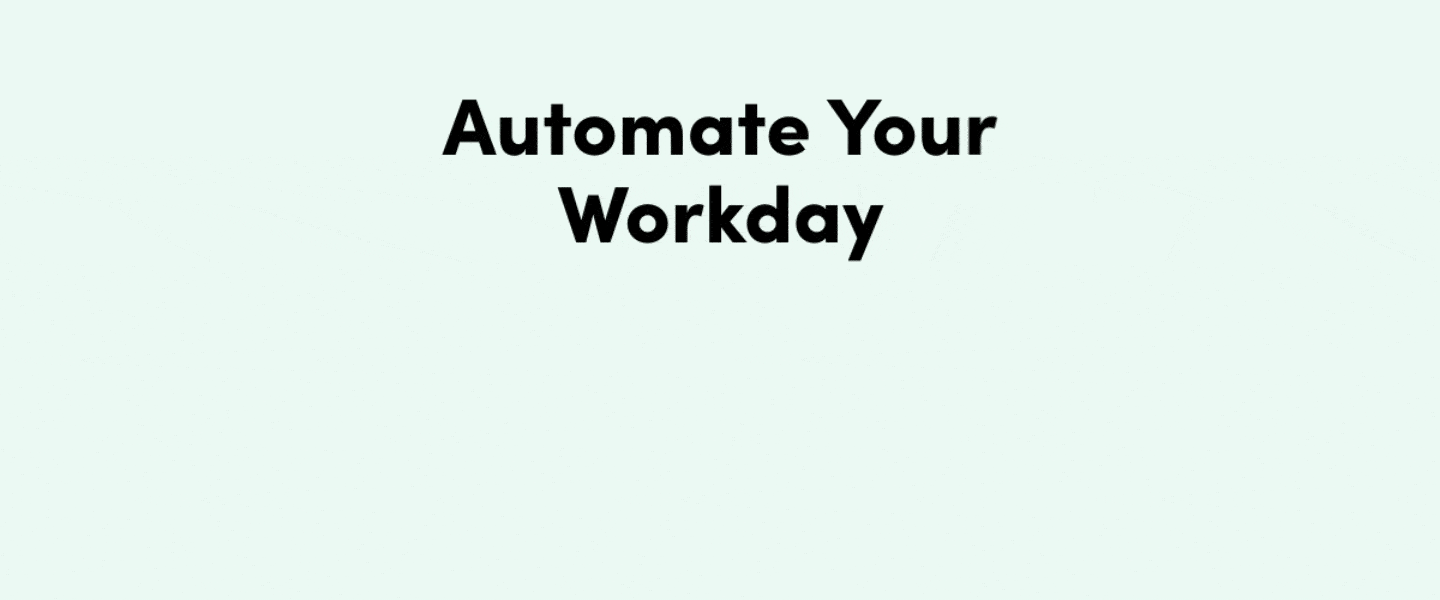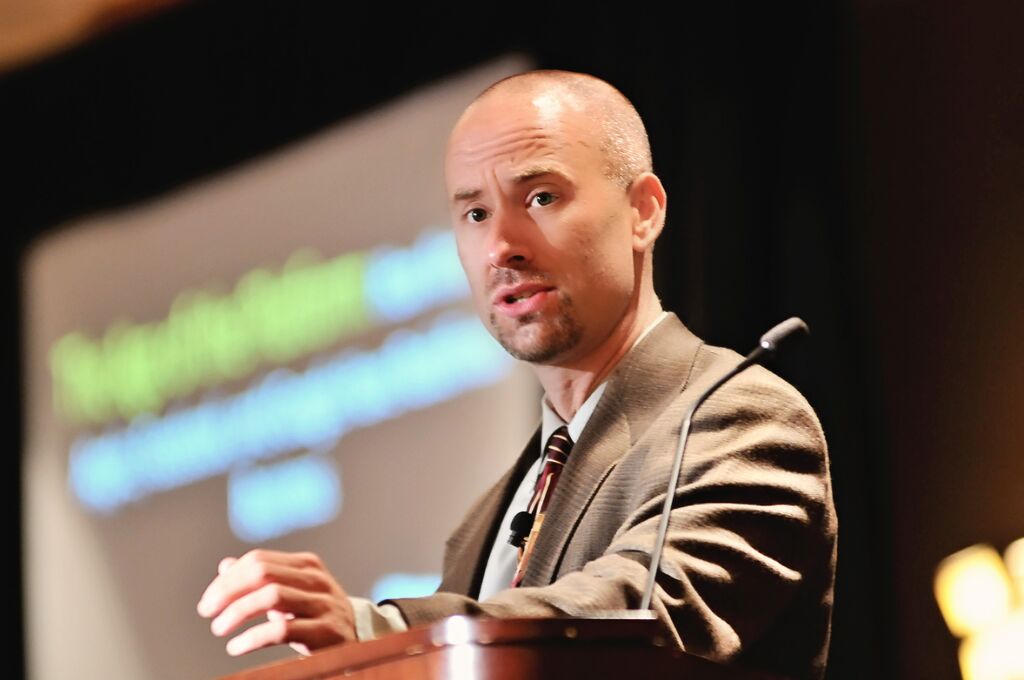
Although far from the norm, organizations are increasingly adopting a more holistic approach to their enterprise tech. This is the central thesis in my new book Reimagining Collaboration: Slack, Microsoft Teams, Zoom, and the Post-COVID World of Work.
I can’t wave my magic wand and solve all work-related problems. My book is no elixir. It does, however, offer a framework for using our tools better: the Hub-Spoke Model of Collaboration. Microsoft’s recent Viva announcement underscores the importance and worth of this type of framework.
Put differently, rather than looking at their tools individually, software vendors, organizations, groups, and employees are viewing them in terms of a single gestalt.
.png)
Organizations are connecting disparate programs to each other without a great deal of tweaking from IT folks. Yes, non-technical users can easily connect hubs to spokes without having to learn how to code.
Let me give you a specific example of how we can both:
- Make our tools more interoperable
- Streamline the process of gathering and distributing data

What does interoperability mean? Although the phrase is commonly used in healthcare, the idea behind interoperability can be useful to any organization. Learn how interoperability can help you develop better processes.
Reimagining an Antiquated Business Process
Many professors eschew today’s powerful technologies. Instead, they rely primarily upon email when far better, user-friendly tools exist—and have for some time.
I should know.
By way of background, from 2016 to 2020, I worked at ASU as a college professor in the W. P. Carey School’s Department of Information Systems. During my first two years, I taught the system-design and analytics capstone courses. As such, I had to find meaty, semester-long projects for upwards of 120 students. If that sounds like a good deal of work, trust your instincts.
Legacy Process
To solicit capstone projects from employees at different organizations, my predecessor sadly followed a process steeped in 1990s tech. I’m talking about sending out emails with Word attachments. He would then receive proposals, review them, ask for clarifications, and disseminate the Word docs to his students via the school’s learning management system.
If that sounds like too much manual work circa 2015 (let alone today), trust your instincts.
Related: How to Launch Tech Trainings at Your University
Better Process
When I took the job, I soon reimagined and blew up this remarkably inefficient process. Long story short: I relied upon a powerful trio: Google forms, a WordPress site, and Slack.
To be sure, it was a marked improvement over my predecessor’s method. If I were to take the job today, however, I’d tweak it again using today’s powerful and integrated technologies.
There are myriad ways that today’s enterprise tech can simplify business processes. Here’s a particularly good one if I were using Microsoft Teams as the internal collaboration hub for my class:
- I’d start by creating a simple form in Formstack. I would then embed it on the same external WordPress site. By requiring certain fields, I’d eliminate having to review incomplete submissions.
- I would direct all queries from potential sponsors to that site.
- I would use the Microsoft Teams connector to immediately notify students when a sponsor has submitted a new project. I’d configure the notifications to go to #new_projects, a specific Microsoft Team channel dedicated to—wait for it—new projects. That way, students who’ve already settled on a project could leave the channel or mute it.
- I’d use Microsoft Power Automate to automatically send customized emails to capstone-project sponsors confirming receipt and advising of next steps.
- Beyond that, I would identify new ways to automate events via the Formstack Forms integration with Microsoft Power Automate.
All without writing a single line of code.

It's true! You don't need to know how to code. Ben Tossell, founder of Makerpad, discusses how no-code tools can empower anyone to become creators on a special Future of Work episode of the Ripple Effect podcast.
Create Better Experiences Through Technology
I’m not special, nor am I the world’s most tech-savvy professor. Others have detailed innovative ways to collect data in higher ed. If I’m anything, I’m just unwilling to rely upon old tech and business processes when far superior, user-friendly ones exist. Spending less time on manual work means that I can spend more time getting to know my students and creating meaningful in-class exercises.
Are you?
If you're looking to automate the way you work, consider checking out Formstack's new Microsoft Power Automate integration. You can easily automate many of the time-consuming tasks that take you away from your most important work.

About the Author

Phil Simon is a frequent keynote speaker, recognized collaboration and technology authority, and college professor-for-hire. He is the award-winning author of eleven books, most recently Reimagining Collaboration: Slack, Microsoft Teams, Zoom, and the Post-COVID World of Work.
He helps organizations communicate, collaborate, and use technology better. Harvard Business Review, the MIT Sloan Management Review, Wired, NBC, CNBC, BusinessWeek, and The New York Times have featured his contributions. He also hosts the podcast Conversations About Collaboration.











